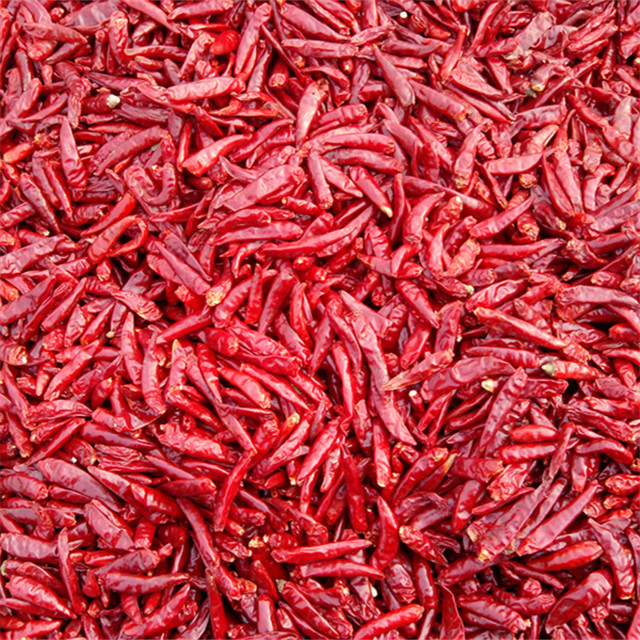Dec . 06, 2024 22:22 Back to list
custom gochugaru red pepper
Exploring Custom Gochugaru Red Pepper A Culinary Journey
In the world of spices, few ingredients hold the same profound significance as gochugaru, the vibrant red pepper flakes from Korea. Known for its unique flavor profile and versatility, this spice is an essential component in many Korean dishes, bringing a perfect balance of heat, sweetness, and depth to every meal. This article delves into the essence of custom gochugaru, exploring its origins, culinary applications, and how you can create a personalized version that suits your taste preferences.
The Origins of Gochugaru
Gochugaru, often translated to “red pepper powder,” is derived from sun-dried Korean red peppers (Capsicum annuum) that are ground into flakes. Its roots trace back to the introduction of chili peppers to Korea in the late 16th century, following the Columbian Exchange. Over time, gochugaru emerged as a staple in Korean kitchens, known for both its striking red color and its ability to enhance the flavor of dishes without overpowering them.
The spicy warmth of gochugaru is complemented by its fruity undertones, which set it apart from other chili powders globally. While traditional gochugaru has a mild to moderate heat level, the variation in types allows for customization, enabling enthusiasts to create blends tailored to their specific palettes.
Custom Gochugaru A Personal Touch
Creating a custom blend of gochugaru involves understanding its culinary applications and the flavor profiles that best suit your cooking style. You may want to adjust factors like heat, smokiness, or sweetness based on your culinary preferences. Here are some key steps to crafting a personalized gochugaru mix
1. Choosing the Right Peppers Start with high-quality Korean red peppers. Varieties differ in heat levels and flavor, so select peppers that resonate with your taste. If you enjoy a spicier kick, consider peppers like Cheongyang gochu, while for a milder flavor, look for more delicate options.
2. Adjusting Heat Levels To customize the heat, consider blending gochugaru with other chilies. Adding a small amount of cayenne or crushed red pepper flakes can amp up the heat, while sweet paprika can soften it, creating a balance that complements various dishes.
custom gochugaru red pepper

3. Incorporating Different Flavors To add layers of flavor, experiment with adding smoked paprika for a smoky taste, garlic powder for an aromatic kick, or even dried herbs such as oregano or thyme. These additions can transform gochugaru into a unique blend that enhances your favorite recipes.
4. Experimenting with Texture The texture of your gochugaru can also be customized. If you prefer a finer powder, grind the flakes more thoroughly, but if you enjoy a crunch, leave larger pieces intact. The texture can significantly influence the mouthfeel of your dishes.
5. Storing Custom Gochugaru Once you’ve created your custom gochugaru, proper storage is essential. Keep it in an airtight container away from sunlight to preserve its vibrant color and flavor. A cool, dark pantry is ideal for maintaining its potency.
Culinary Applications
Custom gochugaru can be used in various ways, making it a versatile addition to your culinary repertoire. It shines in traditional Korean dishes like kimchi, where the spice plays a pivotal role in defining the fermentation process. Additionally, use it in stews (jjigae), marinades for grilled meats, or as a seasoning for stir-fries.
Beyond Korean cuisine, let your creativity run wild—sprinkle it over roasted vegetables, mix it into sauces, or incorporate it into salad dressings. The unique flavor of your custom gochugaru can elevate any dish, bringing warmth and excitement to your dining experience.
Conclusion
Gochugaru is more than just a spice; it’s a cultural staple that embodies the spirit of Korean cooking. By creating a custom blend of gochugaru, you embark on a culinary adventure that not only reflects your tastes but also pays homage to the rich traditions of Korean cuisine. Whether you're a seasoned chef or a novice in the kitchen, let gochugaru add a touch of magic to your dishes, transforming ordinary meals into extraordinary feasts. Happy cooking!

